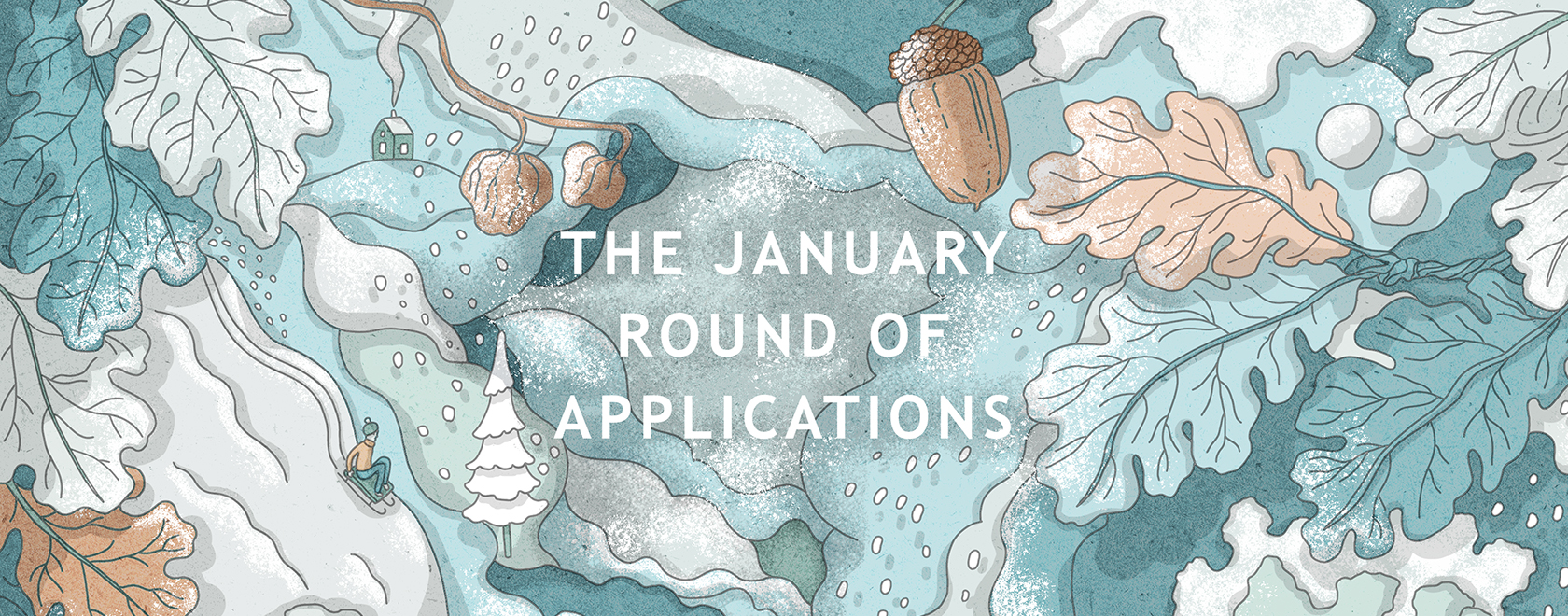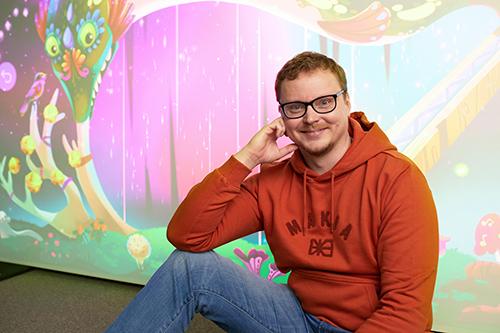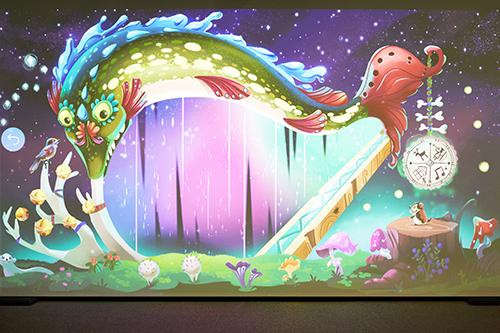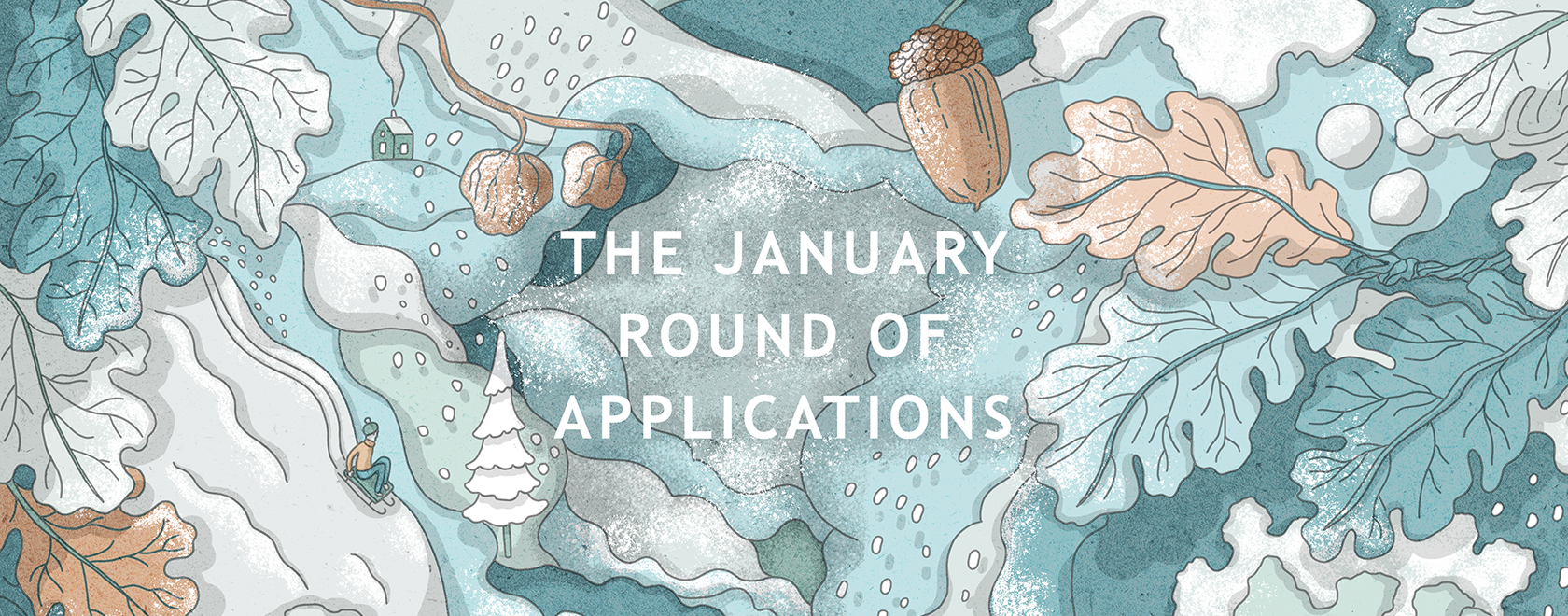Roleplaying gaming is the field of the future
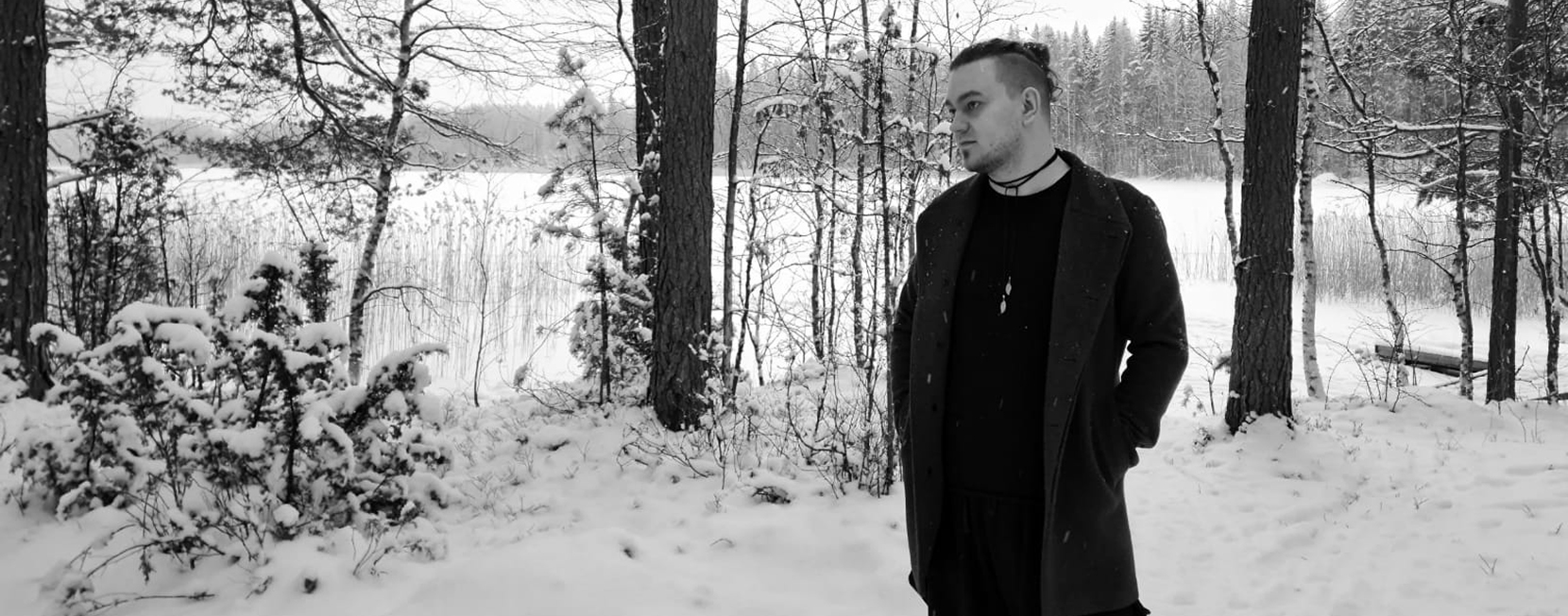
Roleplaying gaming is a broad concept that covers a great variety of types from computer-based strategy games to live action, and tabletop roleplaying games. The field is developing but there is a lot of ignorance about it.
– Storytelling is typically key to roleplaying games. At its profoundest gaming means settling into a role and looking at the game from that perspective. It allows the player to live someone else’s life, be in a different world, and advance the game and the story by making personal choices, says 30-year-old game developer Jaakko Rinne who got interested in roleplaying games when he was a child.
“Storytelling is typically key to roleplaying games.”
Rinne is currently studying to become a community educator at the South-Eastern Finland University of Applied Sciences, and working on a new type of roleplaying game model based on Japanese history by merging elements from traditional tabletop roleplaying games, online games, and strategic board games. He is creating the text-based online game for groups of 5-7 players, led by a game leader, and played in turns that can last up to two weeks. The name of the game, Gekokujō, is Japanese and translates as surpassing one’s superiors.
– The game is based on Feudal Japan when there were changes of power as the small rose to oppose the big. Japanese history is one of my favourite subjects which I get excited about again and again, says Rinne.
Great traditions form a solid base for growth
According to Rinne gathering the material for the game has taken a lot of time. His charts are filling up with data about county ownerships and productivities of provinces in the feudal society. It is crucial for him that the storytelling game gives its players credible and truth based information, which he will publish together with the game.
– I understand why design selection is often done when it comes to content but I want to provide reliable data based on historical events. Designing the actual game and its mechanics is easy for me – the challenge is in how I manage to chart everything and make the mathematics work. The rules of the game need to be in order, otherwise it is just going to be a story, he explains.
Rinne will be working on the game full on in the forthcoming summer when he will also put together the first test group. He hopes to launch the game at the end of summer 2021.
His mission is not to conquer the world because he is working on a niche project targeted at a small group of people interested in Japanese history and strategic gaming. Rinne has already reached one of his goals though, when he received 8 000 euros of funding for his project from the South Savo Regional Fund.
– My main goal is that roleplaying gaming is seen as a respected and funded art form. We have great starting point for doing things in Finland; we have great traditions and good, highly educated developers who produce materials and launch their own games. I hope that the field will continue to develop and that I can get a job out of it, he says.
Jaakko Rinne, game developer and a student of community education, received a grant form South Savo regional Fund in 2020.
